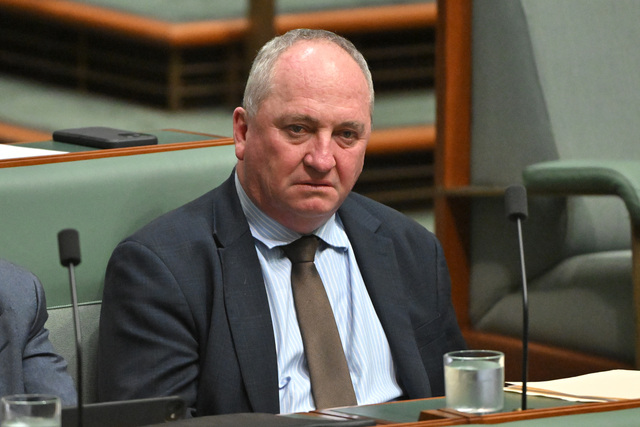Albury City Council, like many other regional Councils across Australia, has taken steps to manage the impost of increasing energy costs on its bottom line.
An Energy Management Framework was developed to enable Council to achieve these outcomes, and is framed on energy performance monitoring, energy audits and assessments to identify design, technology and innovative measures to reduce energy consumption, and a formal Energy Savings Action Plan that sets out a four year rolling program to deliver energy saving measures.
Albury City created the Energy Management Framework to organise a coordinated and measured approach to drive down the impost of energy on the bottom line.
In the case of Albury City, electricity and mains gas costs have increased by approximately 90 percent since 2006/07 and now account for approximately seven percent of Albury City Council’s annual spend.
A coordinated approach has enabled a process to review regulated energy prices, particularly to identify obsolete tariffs that are a significant contributing factor to the above increase in electricity and mains gas costs.
Key to the framework is an ability to use performance-monitoring data to drive improvement in energy performance.
This involves an evaluation of resource consumption trends in electricity, mains gas, LPG and transport fuel across the organisation, and also includes reviewing half hour electricity consumption data.
Developing the Energy Management Framework had its challenges and hurdles, most of which have been overcome through support of senior management and Council, and through a Service and Efficiency Review of the framework.
Senior Management and Council supported the concept in principle, but the difficulty was in the presentation of a business case that, in-lieu of grant funding, required a financial investment to achieve the medium-term outcomes.
The business case was premised on the fact that implementing low-hanging fruit measures would not alone achieve the outcomes, rather a planned and measured investment approach was required with detailed economic assessment of energy saving measures informing the Plan.
A case in point is the photovoltaic delivery program, which was informed by a detailed economic assessment.
Council allocated $800,000 for its implementation under the Energy Savings Action Plan.
The payback under this program is on average seven years, excluding benefits from the RET.
A typical example of a low hanging fruit measure implemented by Albury City includes the installation of a variable speed drive and carbon monoxide monitoring points to an underground car park; this initiative has been verified as saving Council 22,000kWh in the first six months of operation and will achieve payback within 18 months.
The next challenge is to develop base loads and cascading energy performance indicators for Council’s buildings and facilities that can be assessed against real-time and trends in consumption data from sub-metering of operating assets within a building or facility.
This is a significant step for Council and will enable it to identify energy wastage and inefficient operating assets, and was a key recommendation arising from a service and efficiency review of the Energy Management Framework.








